This post was meant to be about The Tower card that I pulled from my Smith-Waite Tarot Deck. But I ended up reflecting on a time when I discovered tarot cards as a tool to help me cope. Strange how fitting this reflection is with The Tower card.
A few years ago I had a mental health breakdown. Before this, I had periods of ill mental health as far back as I can remember. I didn’t want anyone to know, but also come to think of it, I didn’t want to face the fact that I needed help. After all, asking for help means you are weak (insert eyeroll here). I grew up in a family environment where ill mental health was believed to be a myth, it didn’t exist.
Anyway, during my recovery, which included starting an antidepressant, time off work and a counsellor, I figured that I needed to find a way to keep my ill mental health in check and a way to be present. I spent my time watching YouTube on topics around being present and creativity and came across Harmony Nice. She spoke about tarot cards and I thought ‘aren’t they evil’. Thinking back to this makes me laugh, such a naive and closed minded way of thinking 😆.
My first tarot deck
The first tarot deck I bought, and still one of my favourites, was the John Bauer Tarot Deck. Its beautiful, John Bauer’s mythical artwork was so intriguing and I spent hours staring at each tarot card. Most days, when I remembered, I would pick a card and try to figure out how it related to what I was feeling that day.
My mind was overloaded with racing thoughts, emotions and feelings. Have you ever been in a closed space, like a small hall, packed with people talking all at once and your mind is trying to capture every single conversation. But all you hear is incoherent noise. Well that’s pretty much how my mind was at the time, and this process allowed me to focus on one thought or one feeling at a time.
Drawing one card gave me permission to park my other thoughts and feelings and let them wait their turn 😊. I found great comfort in this. I was somewhat in control again, control of the “crowd of people’ in my head. They had quietened down to a whisper and could no longer hear those conversations happening at the back of the hall.
How did I use my tarot cards?
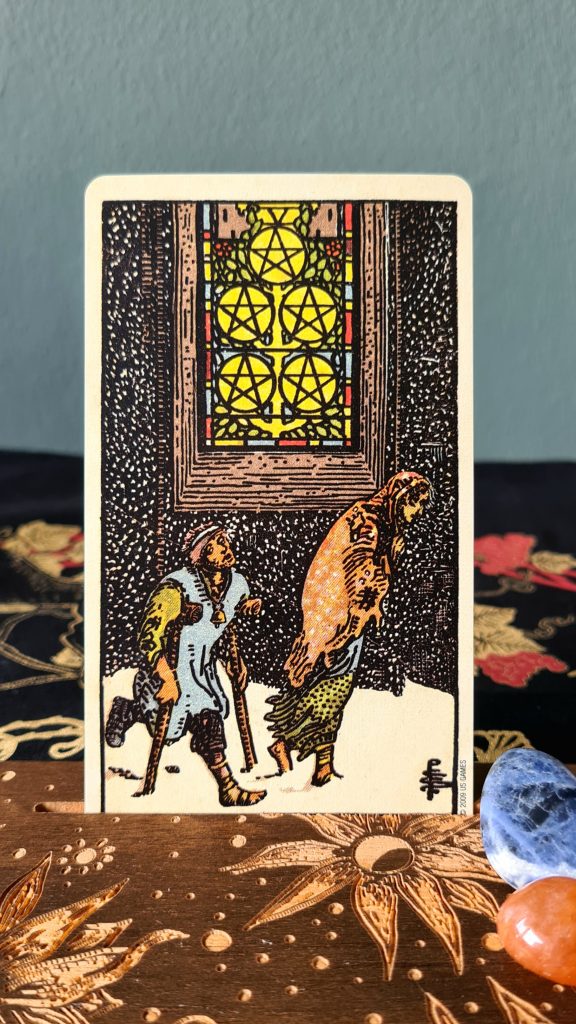
I would shuffle the tarot deck and randomly pick a card. And, if I remember correctly the first card I ever drew was the 5 of Pentacles. Which in that moment described almost everything I was feeling. Generally this card represents a time of struggle, insecurity, loneliness, illness and/or loss. Which again was very fitting. And thought “okay, I could work with one of these keywords” which was from the guide book provided with the deck.
Then, I would grab my notebook and write down what and why I was feeling this way……. no thinking, just dumping words on a page. When reading it back now it hardly makes sense, but emotionally dumping over a few pages made me feel in control.
Books to help with self-reflection
Over the passed few years I have found a few books that have helped me figure out how to use tarot cards as a tool for self-reflection and self-care. One book I would definitely recommend is ‘Tarot for change’ by Jessica Dore. She is able to describe each card and its relation to everyday life and everyday emotions. This is brilliant for those of us who are relatively new to tarot cards. I found this book helpful when trying to decipher a tarot card and have difficulty describing or relating cards to emotions, feelings and thought.
The second book I frequently refer to is ‘The Holistic Tarot‘ by Benebell Wen. It’s a rather large book to read through and I wouldn’t attempt it as a beginner. However, when I draw a tarot card I first read the key words noted in the guide book. Then I read about the card in the ‘Tarot for change’ book and after that I will look up the tarot card in the ‘The Holistic Tarot’ book. This sequence has helped me to learn more about tarot cards so that I remember their meaning in the future.
How to start using tarot cards for your mental health, self growth or wellbeing.
Here is my advice for beginners:
- Buy a tarot deck – try not to support counterfeit decks. Cheaper prices and faded colours are usually signs of a knock-off of original versions and can be on ebay, etsy and yes even Amazon. Hays House always has a special on their tarot decks and book. The point is, amazing tarot artists work hard to create beautiful decks, but their intellectual property is often stolen and mass-produced for pennies.
- Grab a notebook – I use 2 now but started with one. I was gifted a lovely notebook which I use for my emotional brain dump. Using a pen, aim to write 3 pages and if you struggle to complete the pages, re-write the previous sentence. Something new may pops into your head. The second notebook is a pocket Moleskine cahier journal. I use this one for my study notes about the tarot cards I draw. The idea is to collate my notes at some point but not sure what that looks like just yet.
- Find a time – This can be anytime that feels right for you. I found that first thing in the morning is a good time. I make myself a coffee, grab my favourite deck and sit on the floor in my study. The key to morning reflections is to avoid looking at your mobile phone. If you use your mobile as an alarm, fine, but switch your alarm off and leave your mobile alone. Avoid getting caught in the morning endless scroll. Get up, make your morning hot drink, shuffle your deck and get writing. Trust me you will feel better for it.
I know this blog post may have been somewhat vague. But this is pretty much the first time I have told anyone (except for my hubby) that I use tarot cards as a tool to support mental health and wellbeing.
I would love to hear how you use tarot cards as a tool for your wellbeing.

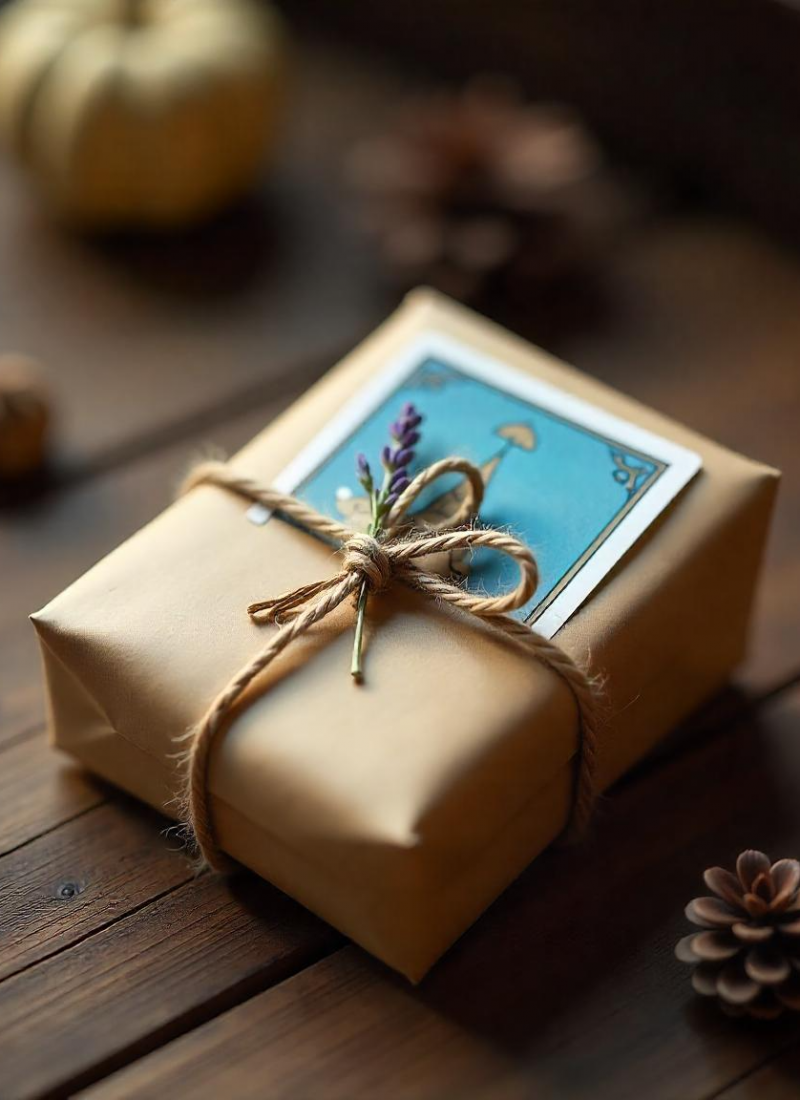
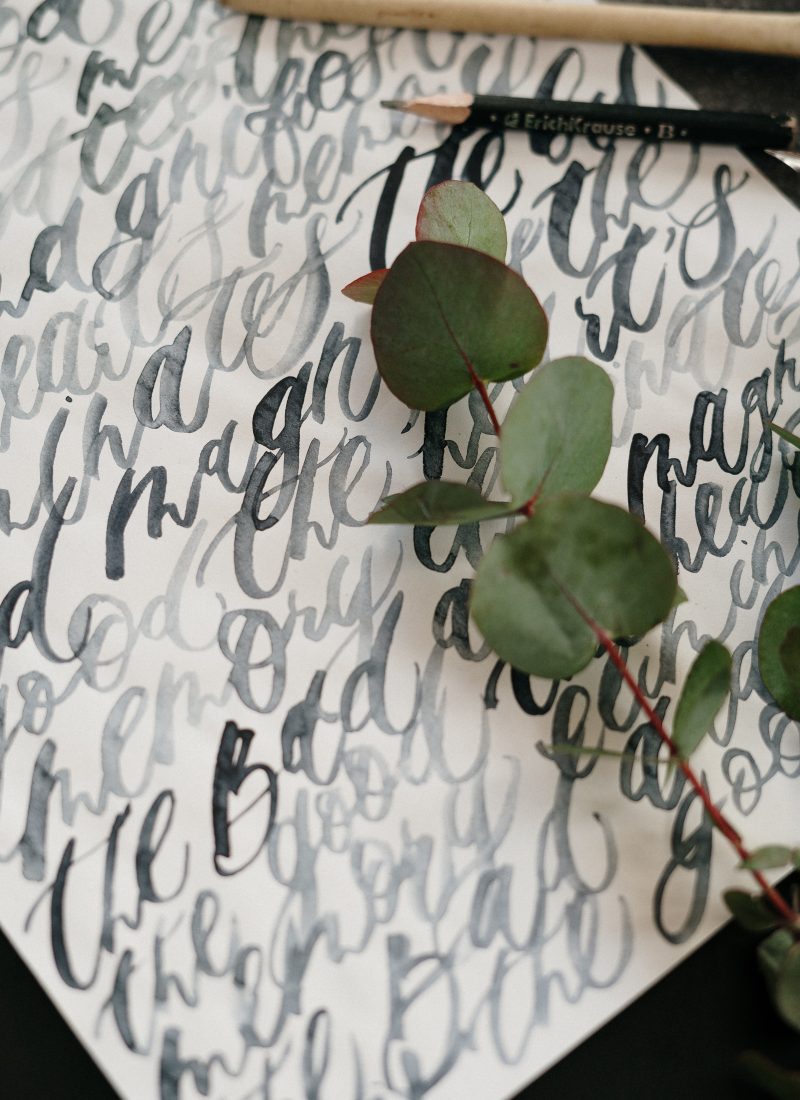
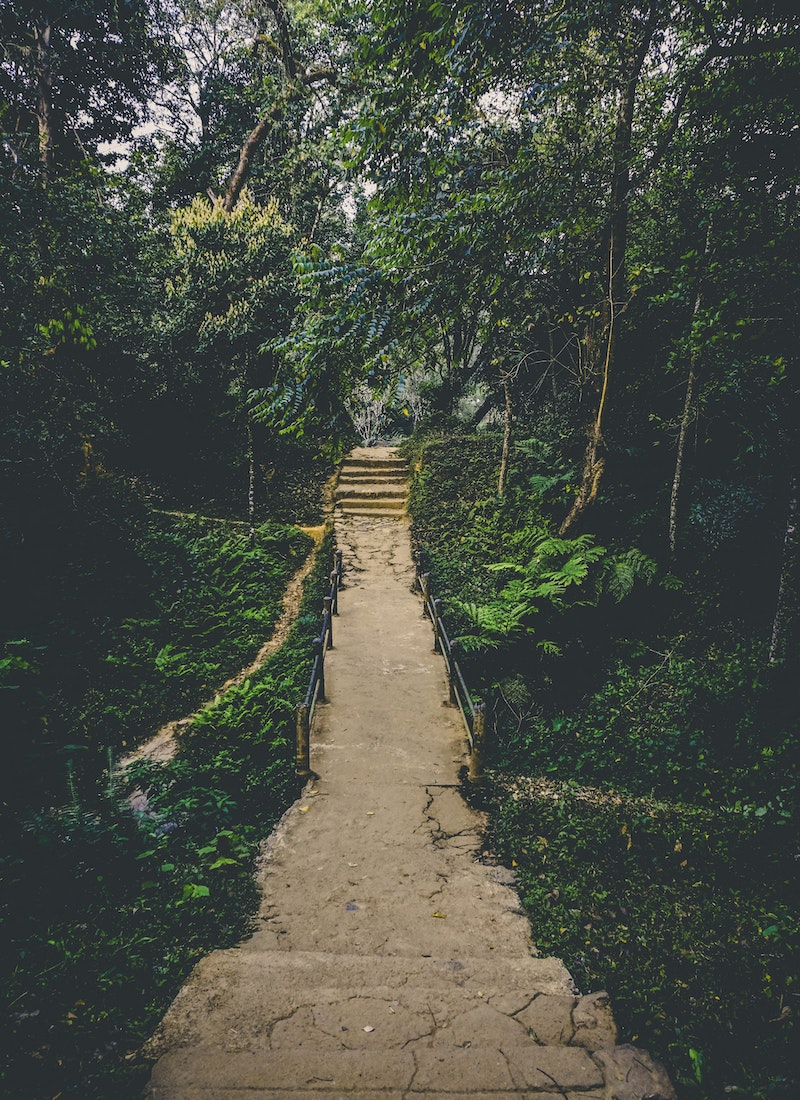
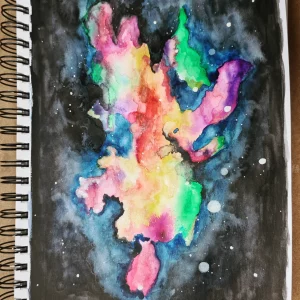
Leave a Reply